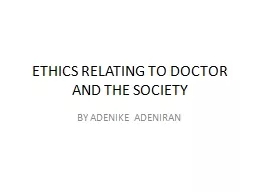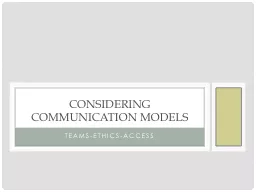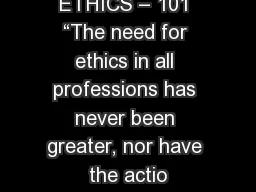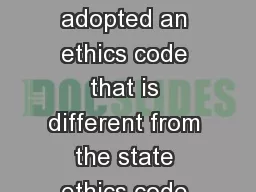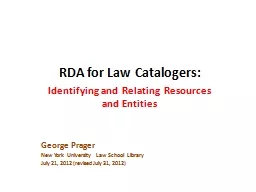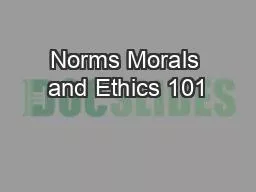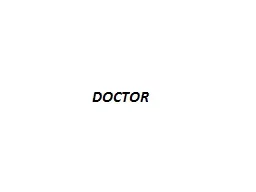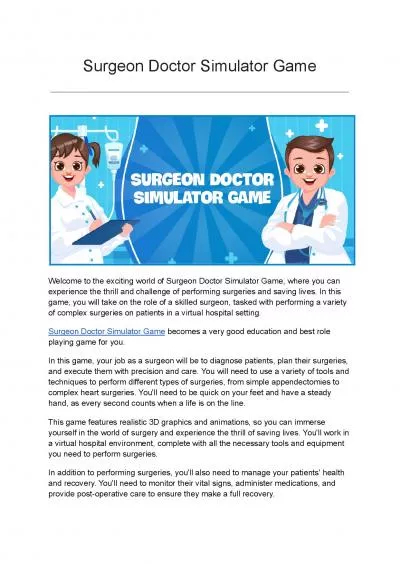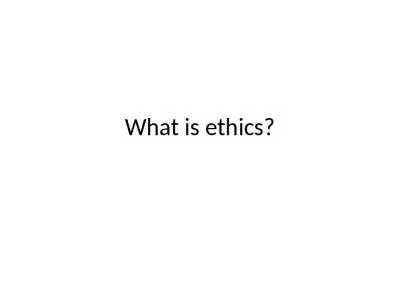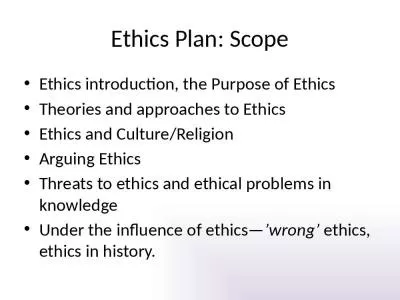PPT-ETHICS RELATING TO DOCTOR AND THE SOCIETY
Author : lydia | Published Date : 2022-06-15
BY ADENIKE ADENIRAN LEARNING OBJECTIVE Upon completion participants should be able to Have increased knowledge and competence in discussing medical ethics Handle
Presentation Embed Code
Download Presentation
Download Presentation The PPT/PDF document "ETHICS RELATING TO DOCTOR AND THE SOCIET..." is the property of its rightful owner. Permission is granted to download and print the materials on this website for personal, non-commercial use only, and to display it on your personal computer provided you do not modify the materials and that you retain all copyright notices contained in the materials. By downloading content from our website, you accept the terms of this agreement.
ETHICS RELATING TO DOCTOR AND THE SOCIETY: Transcript
Download Rules Of Document
"ETHICS RELATING TO DOCTOR AND THE SOCIETY"The content belongs to its owner. You may download and print it for personal use, without modification, and keep all copyright notices. By downloading, you agree to these terms.
Related Documents

